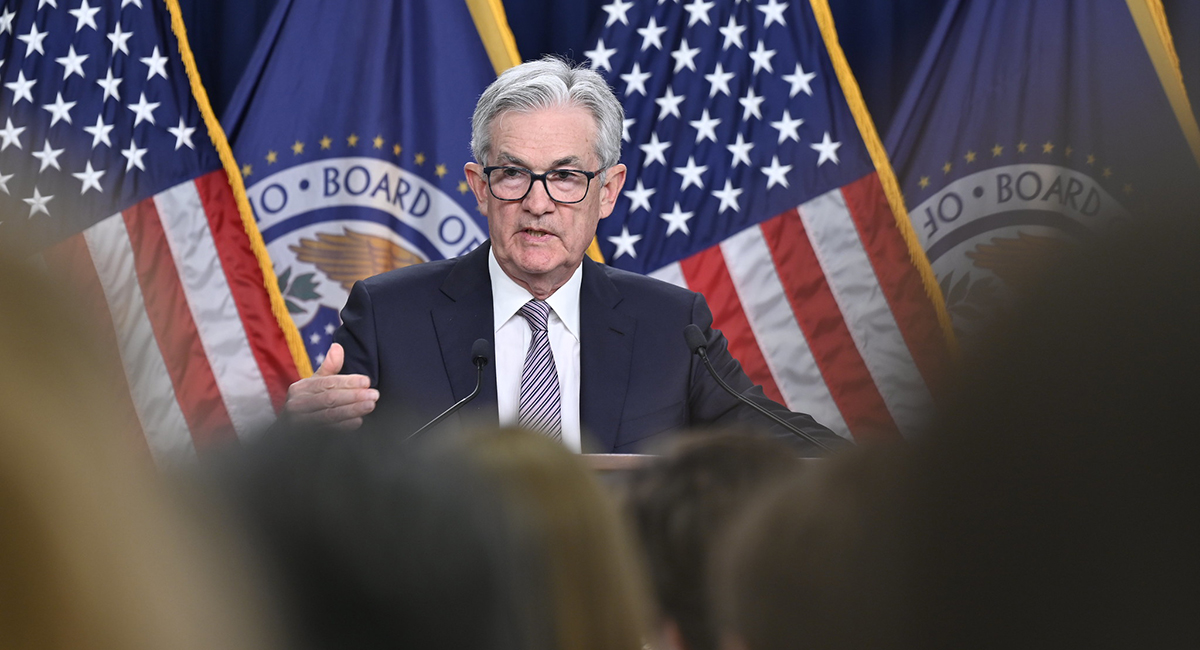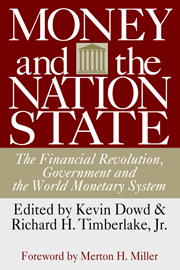In early 2020, the Fed pushed on its monetary accelerator like never before. By May, the three-month annualized growth rate in the money supply, as measured by M2, had reached an unprecedented 77.2 percent. With the typical lag of twelve to 24 months, inflation began to surge, reaching a peak of 9.1 percent in June 2022. Chairman Jerome Powell and his colleagues at the Fed didn’t see any of this coming. That is because the Fed ignores the money supply. Indeed, Chairman Powell has repeatedly stressed that there is no reliable connection between changes in the money supply and economic activity and inflation.
Since the Fed ignores the money supply and therefore flies blind, it has inadvertently thrown the money supply into reverse. Since March 2022, M2 has been shrinking. And, at present, M2 is contracting at a stunning three-month annualized rate of minus 9.7 percent. At this unprecedented money-supply-shrinkage rate, we shouldn’t be surprised that headline inflation has been falling like a stone and that an economic slump is inevitably right around the corner.
If not money, just what does the Fed pay attention to? It focuses on lagging indicators and utilizes backward-looking models. As a result, it is always looking in the rearview mirror. That’s why Fed officials are still haunted by the inflation boogeyman and are flapping their hawkish wings.
Contrary to what the Fed may think, money matters. The sharp reversal and squeeze in the money supply has had dramatic consequences. Exhibit No. 1: the collapse of Silicon Valley Bank (SVB) and the ensuing mini banking crisis, a crisis that the Fed and its bank examiners failed to see coming. Indeed, true to form, the Fed’s Vice Chairman for Supervision Michael Barr testified shortly after SVB failed that the Fed bore virtually no responsibility for the SVB fiasco. Since then, the Fed has backtracked to some extent and slightly modified its stance to bear some of the blame.
But that’s not the end of the story. The Fed, like all government entities, never lets a crisis go to waste. There is nothing like a crisis to expand the scope and scale of a government bureaucracy. Now, Michael Barr and his colleagues at the Fed want to spring into action and close certain regulatory “loopholes” at midsize banks. In short, the Fed wants to impose more regulations on the banking system.
By doing so, among other things, the affected banks would have to increase the amount of capital they hold in relation to their assets, which means either raising new capital and/or reducing their holdings of assets. In short, they would have to increase their capital-to-asset ratios. The Fed claims that this provision would make banks safer. Remember, that’s the same song the Fed was singing after the last banking crisis in 2008, when Lehman collapsed, a crisis that spawned the ill-advised Dodd-Frank legislation and higher bank capital-to-asset ratios.
Just how would the bank-recapitalization proposal work? For a bank, its assets (cash, loans, and securities) must equal its liabilities and equity (capital, bonds, and liabilities that the bank owes to its shareholders, creditors, and customers). The bulk of a bank’s liabilities are deposits. Today, deposits are 83 percent of the liabilities in the U.S. commercial banking system. Since deposits can be used to make payments, they are “money,” constituting 82.5 percent of M2.
To increase their capital-to-asset ratios, banks can either boost capital and/or shrink their holdings of risk assets. If banks shrink their risk assets (read: loans), their deposit liabilities will decline. In consequence, money will be destroyed.
The other way that banks can increase their capital-to-asset ratios is by raising new capital. This, too, destroys money. When an investor purchases newly issued bank equity, the investor exchanges funds from a bank account for new shares. This reduces deposit liabilities in the banking system and wipes out money.
So, paradoxically, the drive to recapitalize and deleverage banks, in the name of making banks safer, destroys money and slows the growth rate of the money supply relative to where it would be without recapitalization. An even tighter monetary squeeze is the last thing we need. It will only result in a deeper and longer recession. Never mind. That seems to be what the error-prone Fed is intent on giving us.










